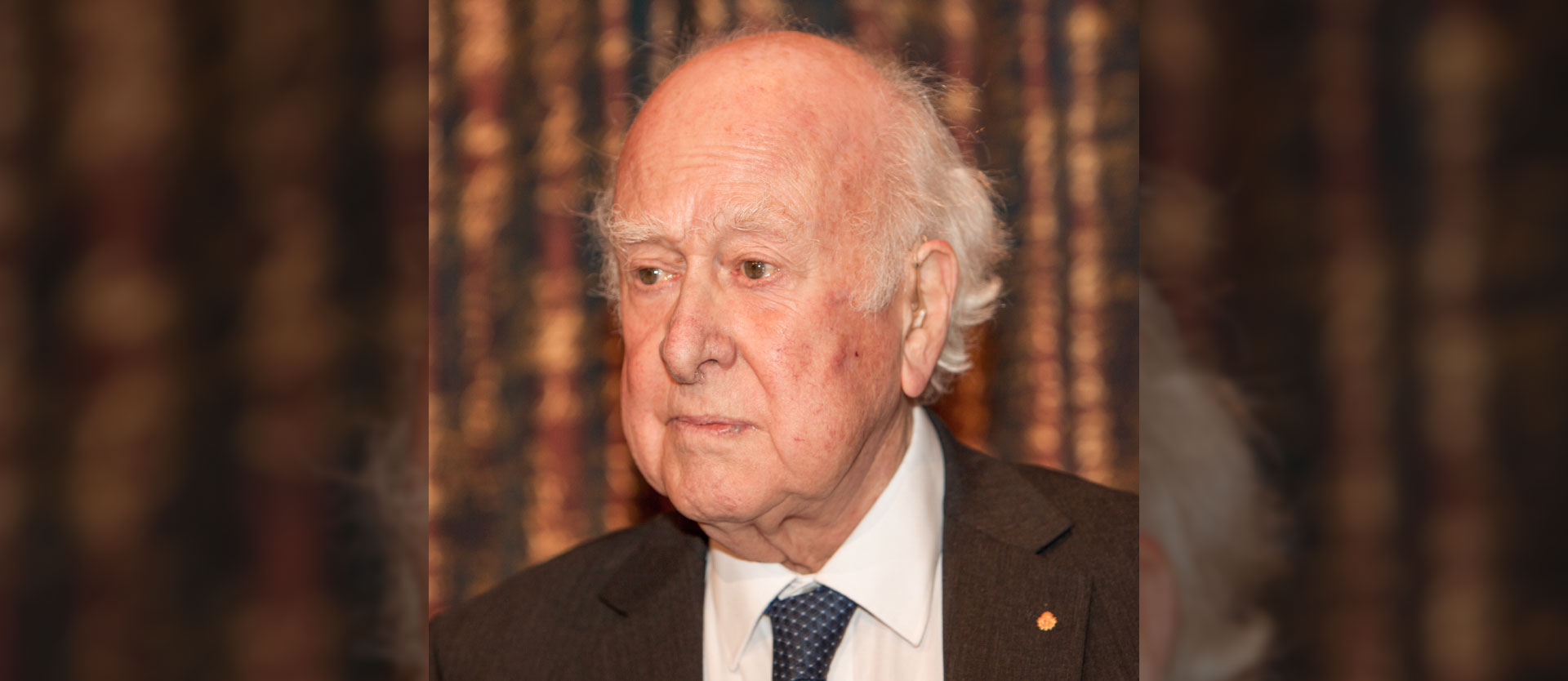The inmost force which binds the world
Dr. Frank Fleischmann remembers how Peter Higgs changed physics with the discovery of the "God particle". Higgs passed away at the beginning of April, but the God particle continues to shake up physics.

One of the three publications from 1964 was by a young, largely unknown British scientist named Peter Higgs. Although his ideas were not initially taken seriously, today it is his name that is irrevocably associated with these discoveries.
In the 1980s, increasingly powerful particle accelerators confirmed the existence of many predicted elementary particles and thus provided evidence for the correctness of the theories on the origin of mass. However, it was only Higgs who explicitly referred to a completely new particle in his publication, which was derived from his theory. The detection of this particle would be proof of the existence of this ominous background field. The search for this very particle drove the performance of accelerators ever higher, ultimately culminating in the 27 km ring accelerator Large Hadron Collider at the CERN nuclear research centre in Geneva.

Simulation of the decay of a Higgs particle in the particle detector at CERN.
There, in 2012 – almost 50 years after it was postulated – this elementary particle, the Higgs boson, was successfully detected. The year after its detection, Peter Higgs, together with François Englert, was awarded the Nobel Prize in Physics in 2013 "for the theoretical discovery of a mechanism that contributes to our understanding of the origin of mass of subatomic particles", according to the Nobel Committee's motivation.
The discovery of the Higgs boson also had far-reaching effects outside of science. In popular accounts, the Higgs boson is often referred to as a God particle, a term that Peter Higgs himself rejected out of consideration for religious people. Its discovery has also had impact on arts. The musician Nick Cave for instance was inspired to his Higgs Boson Blues, a musical "masterpiece that invites us to embrace life in all its diversity and complexity”, as it was once described by a music critic.
Higgs himself led a modest life as a researcher and endeavoured to avoid the hype surrounding his person and his name as much as possible. His alma mater, the University of Edinburgh, announced that Peter Higgs passed away on 8 April 2024 at the age of 94.
photonworld: Higgs Boson Blues
Lutger Stadler: oldtimemusic.com/de/bedeutung-von-higgs-boson-blues-von-nick-cave-the-bad-seeds/
Johann Wolfgang von Goethe: Faust –Part One; translation by Bayard Taylor
Physical Review Letters: journals.aps.org/prl/50years/milestones










